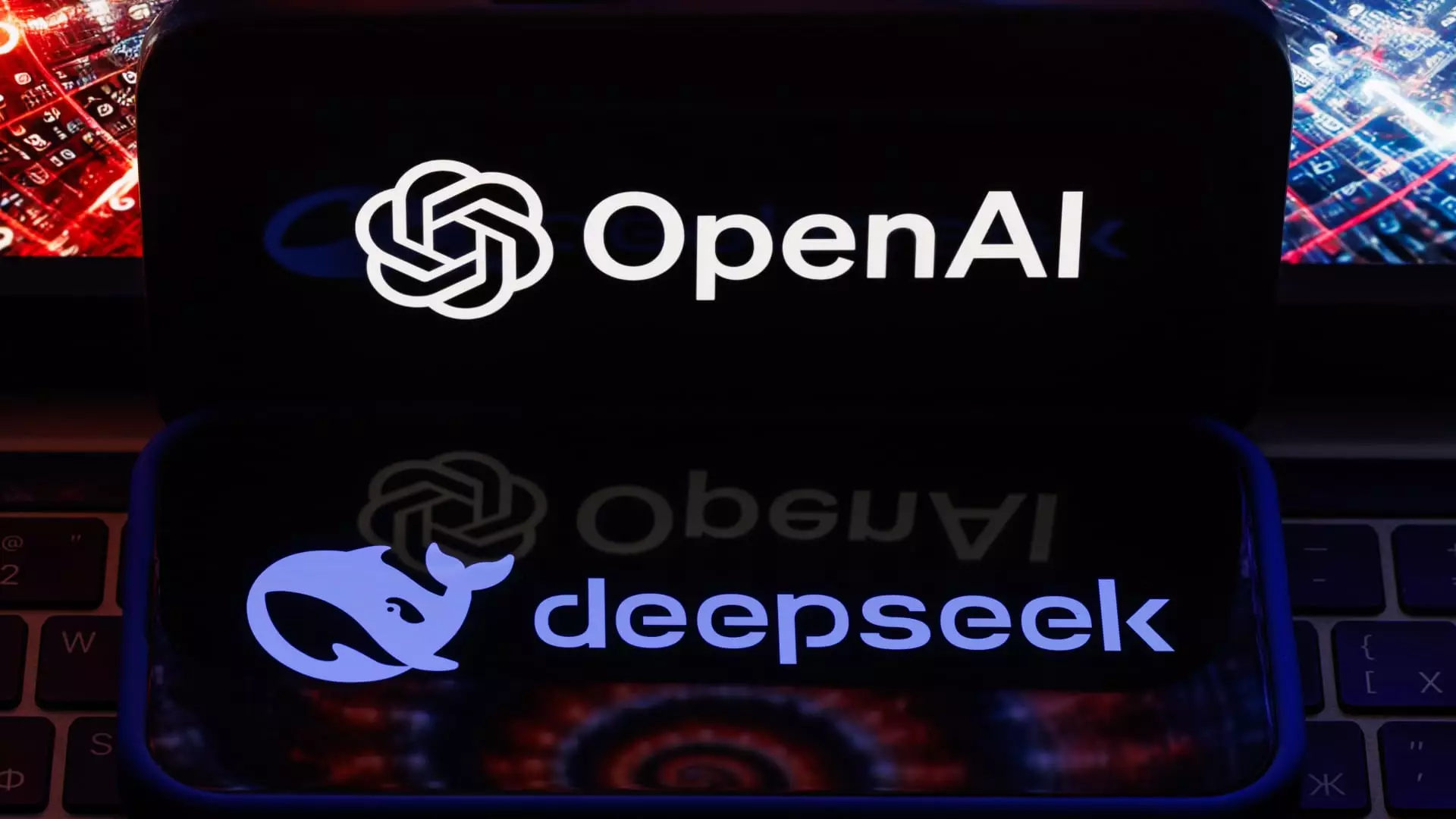In January, a significant shift occurred in the tech landscape, particularly in the realm of artificial intelligence. The Chinese startup DeepSeek made headlines by unveiling AI models that claim to be both cheaper and more efficient than their American counterparts. This development didn’t just spark a noteworthy market reaction; it also ignited a broader conversation about the innovative technique known as distillation in AI that has the potential to alter the competitive landscape dramatically. This article delves into the implications of this breakthrough and how it may pave the way for a new era of AI development.
At its core, AI distillation is a methodology that allows for the extraction of knowledge from a large and complex AI model to create a more compact and efficient version. This process enables smaller teams, often with limited resources, to develop advanced AI models that rival those created by much larger organizations. In traditional AI development, substantial time and investment are required to create high-caliber models. However, distillation democratizes access to advanced AI capabilities, allowing smaller entities to leverage the insights of larger systems.
For example, a leading tech firm might invest years and millions of dollars into crafting a sophisticated AI model. Conversely, a smaller team can utilize this “teacher” model, posing questions and extracting pertinent information to train its own specialized version. This process results in a model that possesses a comparable level of capability while drastically reducing the time and costs associated with training and development.
The emergence of distillation is poised to change the competition landscape significantly. Notably, Databricks CEO Ali Ghodsi has highlighted the immense potential of this technique, suggesting that it will lead to an explosion of competition within the AI sector, particularly regarding large language models (LLMs). As smaller companies and research labs gain access to sophisticated AI development, the barriers to entry have been lowered, resulting in an increasingly crowded playing field.
Recent developments at prestigious institutions such as Berkeley and Stanford exemplify this trend. Researchers at Berkeley successfully replicated OpenAI’s reasoning model in a remarkably short span of 19 hours, spending only $450 in the process. In a stunning demonstration of efficiency, a team from Stanford and the University of Washington accomplished this feat in just 26 minutes, utilizing less than $50 in compute credits. Furthermore, the startup Hugging Face managed to replicate OpenAI’s advanced feature, Deep Research, through a coding challenge completed in a single day. Such examples showcase the rapidly evolving capabilities made possible by AI distillation.
The rise of distillation has not only transformed competitive dynamics but also sparked a broader discussion about the value of transparency and accessibility in AI development. Open-source projects are gaining momentum, emphasizing community collaboration over closed-door research practices. Industry leaders, such as Arvind Jain, CEO of Glean, assert that open-source initiatives often yield superior outcomes in the tech industry due to their collaborative nature and rapid innovation cycle.
In a post addressing the ramifications of DeepSeek’s revelations, OpenAI’s CEO Sam Altman acknowledged the shortcomings of a closed-source strategy, noting that a more open approach may be necessary. This strategic pivot underscores the growing consensus that fostering openness and collaboration in AI research can lead to faster advancements and drive the sector as a whole forward.
DeepSeek’s bold foray into AI distillation has laid the groundwork for a new paradigm in artificial intelligence development and competition. As the barriers to creating advanced models diminish, the industry is likely to witness a surge in innovation driven by smaller players and an impressive array of open-source initiatives. As companies reassess their strategies and embrace more transparent practices, the landscape of AI will continue to evolve. The era of AI distillation is not just a technical advancement; it’s a shift towards a more collaborative and competitive future in the tech world.


Leave a Reply